
According to experts, consuming too much rice leads to…
Rice is one of the most widely consumed foods in the world. From Asia to Africa to Latin America, it forms the foundation of countless traditional meals. It’s comforting, affordable, and provides quick energy — especially in Asian households, where it’s often served with breakfast, lunch, and dinner.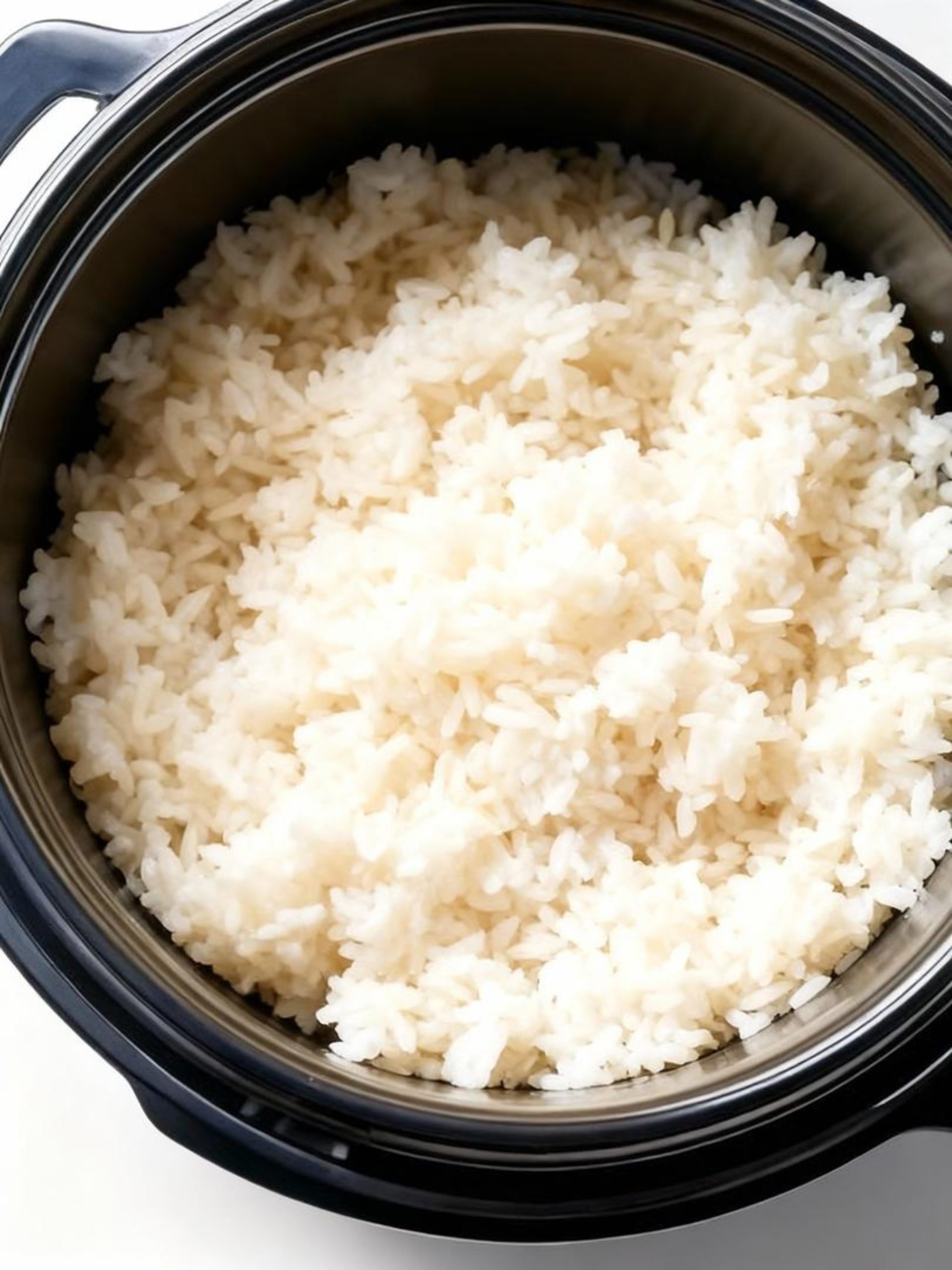
But while rice is undeniably a dietary staple for billions, health experts warn that eating too much rice — especially white rice — over time can harm your health in subtle yet serious ways.
⚠️ The Hidden Risks of Eating Too Much Rice
1. High Glycemic Index Can Spike Blood Sugar
White rice is primarily composed of simple carbohydrates and has a high glycemic index (GI). This means that when you eat it, it causes a rapid spike in blood sugar levels. Over time, this repeated blood sugar surge can lead to insulin resistance, increasing your risk of type 2 diabetes — especially if you already have risk factors like:
-
A family history of diabetes
-
Excess body weight
-
A sedentary lifestyle
Dr. Steven Choi, a nutrition specialist, explains:
“Rice itself isn’t the enemy — it’s the portion size and frequency that matter. Eating large amounts of white rice, particularly without enough vegetables, protein, or fiber, can lead to blood sugar imbalances and long-term metabolic problems.”
2. Weight Gain and Belly Fat
Because white rice digests quickly, it gives a quick burst of energy but leaves you feeling hungry again soon after eating. This “fast fuel” can cause people to eat more often, leading to:
-
Increased calorie intake
-
Weight gain
-
Belly fat accumulation
For those who eat large portions of rice with every meal — often without much fiber or protein to balance it out — this can gradually lead to slower metabolism, difficulty managing weight, and a higher risk of obesity.
In addition, rice is often paired with rich, oily dishes, which can further increase calorie intake without providing essential nutrients.

3. Elevated Risk of Type 2 Diabetes and Heart Disease
Several studies have found a direct link between high white rice consumption and type 2 diabetes, particularly in populations that consume rice as their main carbohydrate source. In some Asian countries, where rice is eaten multiple times daily, rising diabetes rates have been linked to diets high in refined carbs and low in fiber.
A diet overly reliant on white rice — without adequate vegetables, legumes, or whole grains — can also raise the risk of:
-
Heart disease
-
High cholesterol
-
Elevated triglyceride levels
These effects are especially pronounced when white rice is the dominant carb in the diet, crowding out more nutrient-dense foods.
4. Arsenic Contamination — A Lesser-Known Danger
Many people are unaware that rice can contain arsenic, a naturally occurring toxic element found in soil and groundwater. Rice plants absorb more arsenic than most other crops, particularly in areas with contaminated water sources.
Long-term exposure to arsenic, even at low levels, has been linked to:
-
Cancer
-
Heart disease
-
Kidney damage
-
Impaired immune function
While the levels of arsenic in most rice are not immediately dangerous, repeated exposure over years could contribute to chronic health issues.
Tips to reduce arsenic in rice:
-
Rinse rice thoroughly before cooking.
-
Cook rice in excess water (6:1 water-to-rice ratio), then drain the excess.
-
Avoid eating rice multiple times a day, every day.
-
Alternate with other grains like quinoa, barley, or millet.
✅ How to Enjoy Rice the Healthy Way
Doctors are not recommending that people stop eating rice altogether. Instead, they advise mindful, balanced consumption. Here’s how to enjoy rice without harming your health:
🍴 Practical Tips for Healthier Rice Consumption
-
Watch portions: Keep rice portions moderate — about 1 cup of cooked rice per meal.
-
Add variety: Pair rice with plenty of vegetables, lean proteins (like chicken, tofu, or fish), and healthy fats (like avocado or olive oil).
-
Choose whole grains: Swap white rice for brown rice, red rice, wild rice, or quinoa for more fiber, vitamins, and minerals.
-
Limit fried rice: Avoid rice cooked with oil, butter, or heavy sauces, which add empty calories.
-
Stay active: Physical activity helps regulate blood sugar and maintain a healthy weight.
-
Alternate grains: Mix up your routine with other complex carbs like sweet potatoes, oats, whole wheat, or millet.
🥗 Tip: Consider making your rice bowl half vegetables, one-quarter protein, and one-quarter carbs (rice or other grain) — a simple rule to keep your meals balanced.
🧠 Final Thoughts
Rice is a cultural cornerstone and a comfort food for billions of people — and it certainly can be part of a healthy diet. But when eaten in excess, especially in the form of white rice, it may contribute to serious health concerns such as:
-
Obesity
-
Type 2 diabetes
-
Heart disease
-
Potential arsenic exposure
Moderation and balance are key. Nutrition experts emphasize that the goal isn’t to eliminate rice, but to be more aware of how much you’re eating and how you’re pairing it with other foods.
“The healthiest diets are those that include variety — different grains, colorful vegetables, healthy proteins, and smart portions,” Dr. Choi adds. “Rice can stay on the plate — just not take over the whole plate.”
News in the same category


The #1 way to flush microplastics from your body (It’s shockingly simple)

Surprising reason why you should NEVER take a cold shower when it's hot
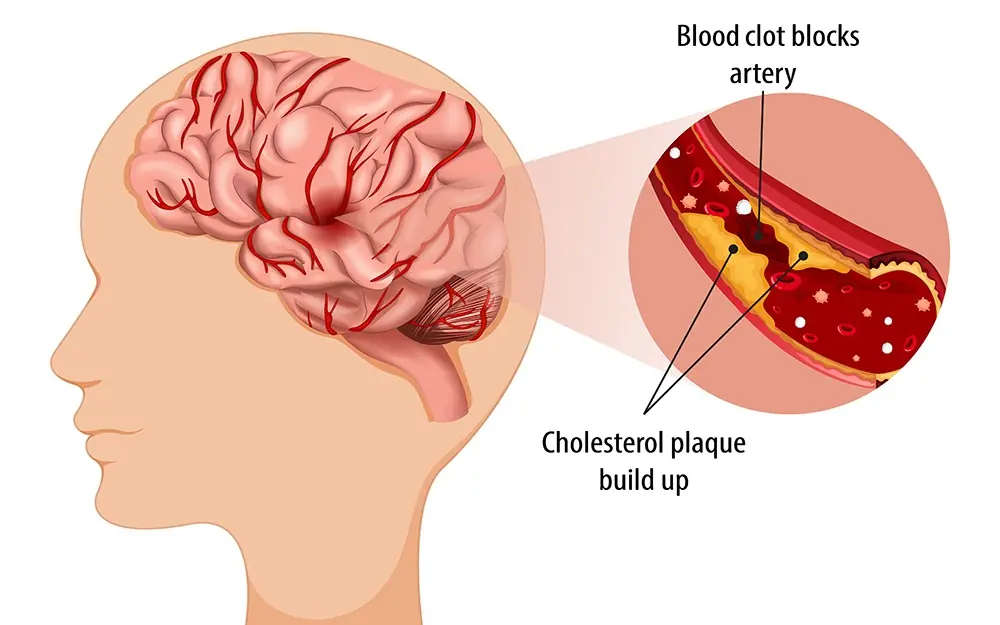
CLOGGED ARTERIES CAN CAUSE STROKES EAT THIS TO PROTECT YOUR BRAIN

QUIET SIGNALS YOUR BODY SENDS LONG BEFORE DIABETES IS DIAGNOSED

5 Foods to Help Prevent HEART ATTACK That Nobody Talks About
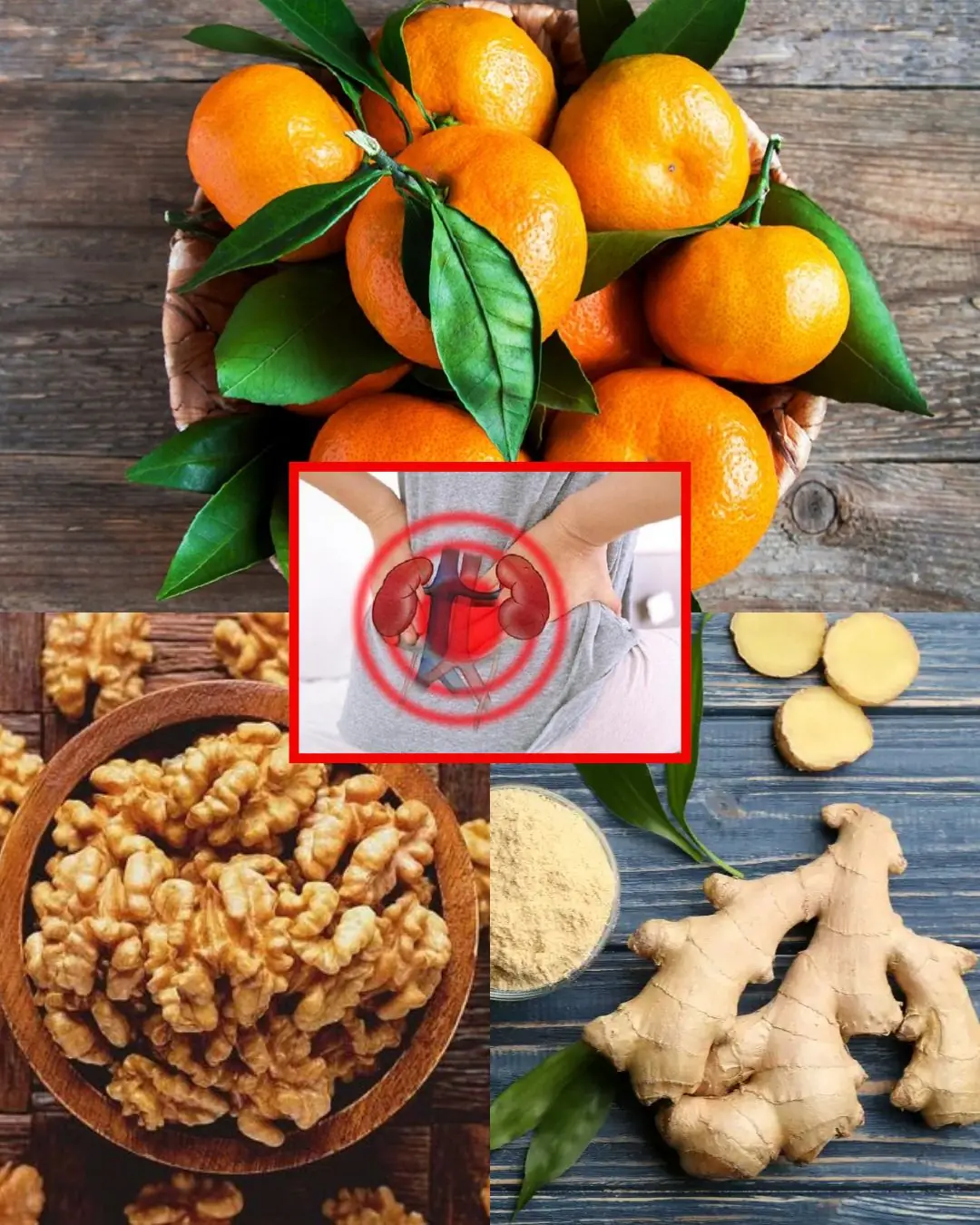
Powerful Natural Detox to Cleanse Your Kidneys, Liver & Lungs!
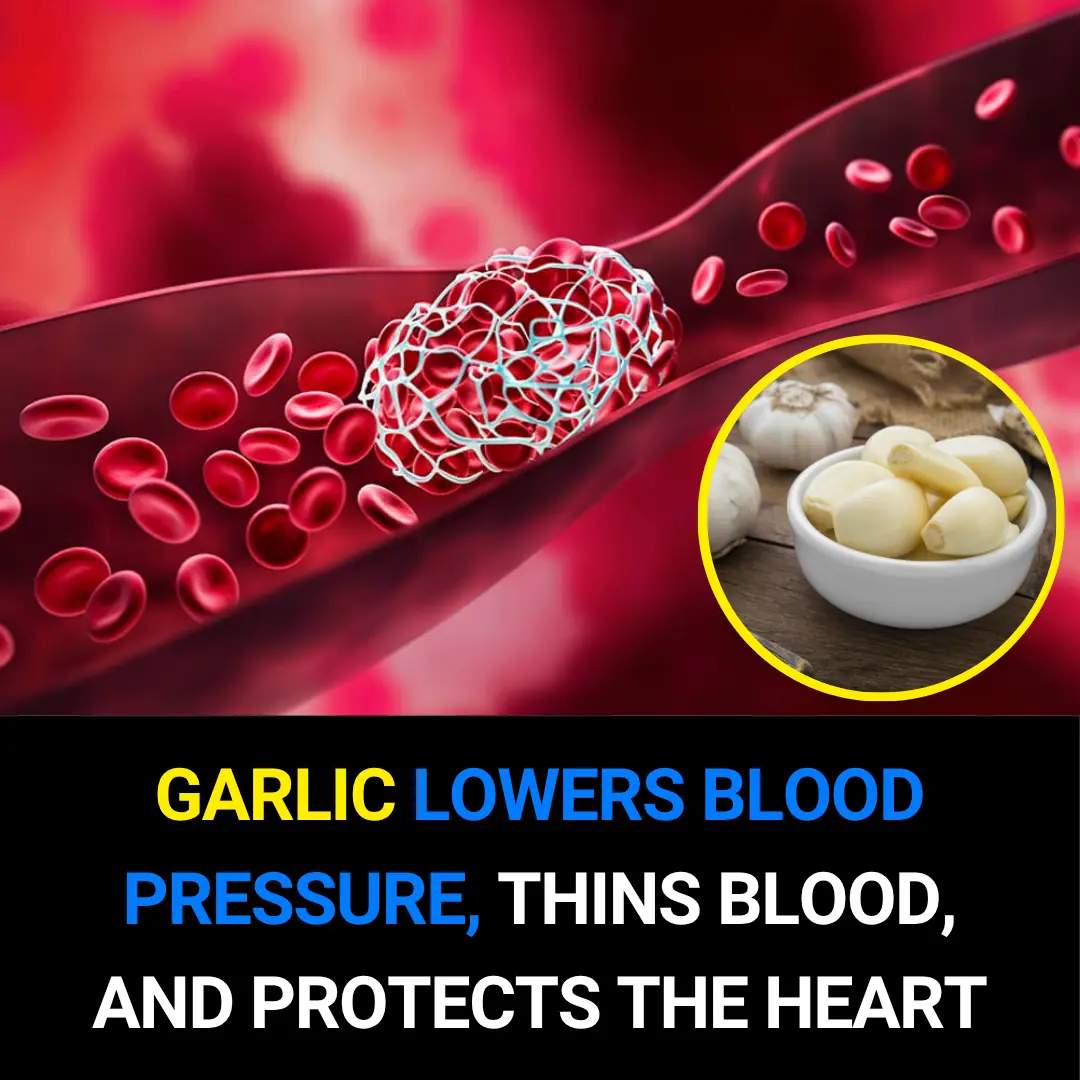
Eat Crushed Garlic to Clean Your Arteries and Prevent Heart Attack
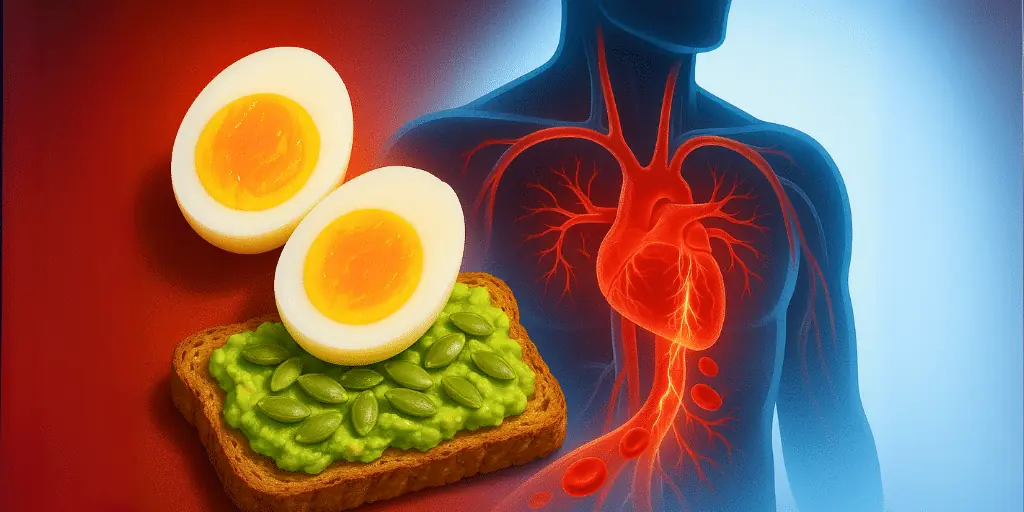
Men Over 60: Eat These 6 Breakfast Foods to Boost Blood Flow Naturally
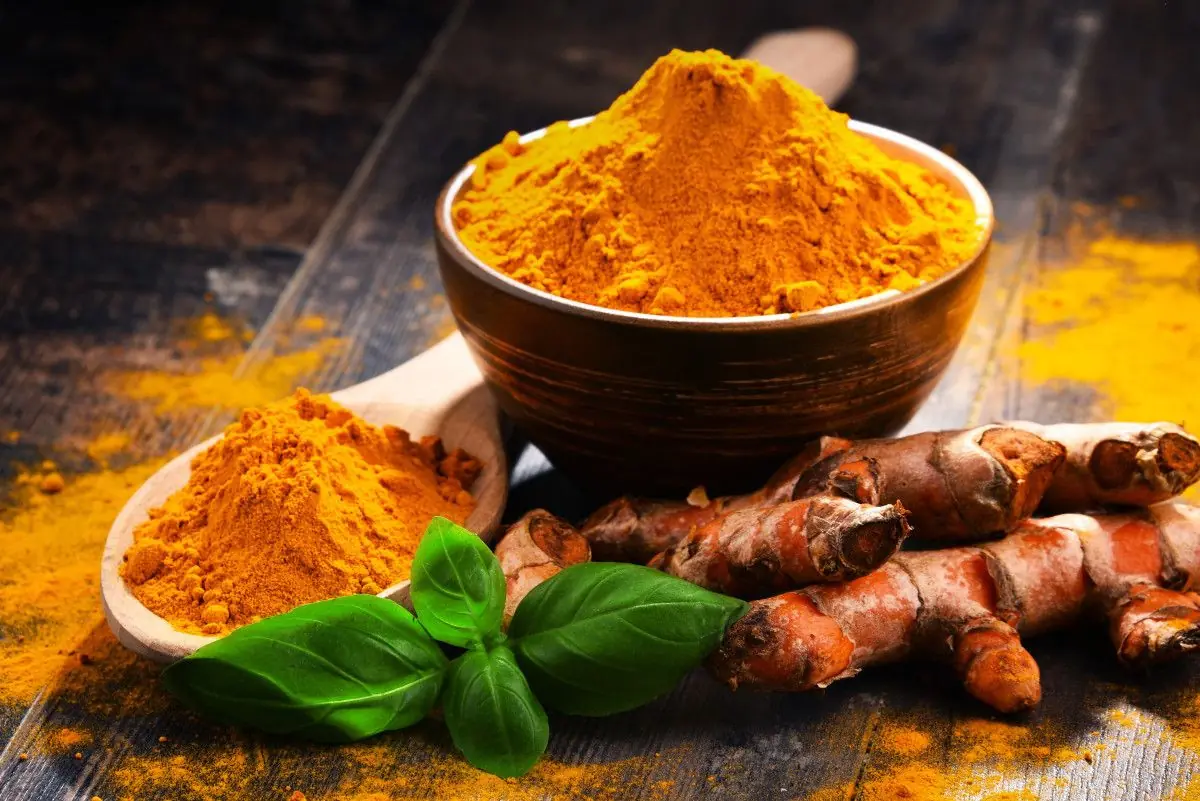
What Happens When You Take Turmeric Daily (PCOS, Diabetes, Joint Pain) – Evidence-Based

Why You Wake Up to Pee at Night (and How to Stop It for Good!)

Simple ‘Finger Test’ Could Reveal Early Signs of Lung Cancer — Check Yours at Home

1 Teaspoon of Baking Soda Can Do THIS to Your Body!

🔊 Ringing in Your Ear? What Tinnitus Really Means and When to See a Doctor

The Health Effects of Left Side Sleeping That Few Talk About
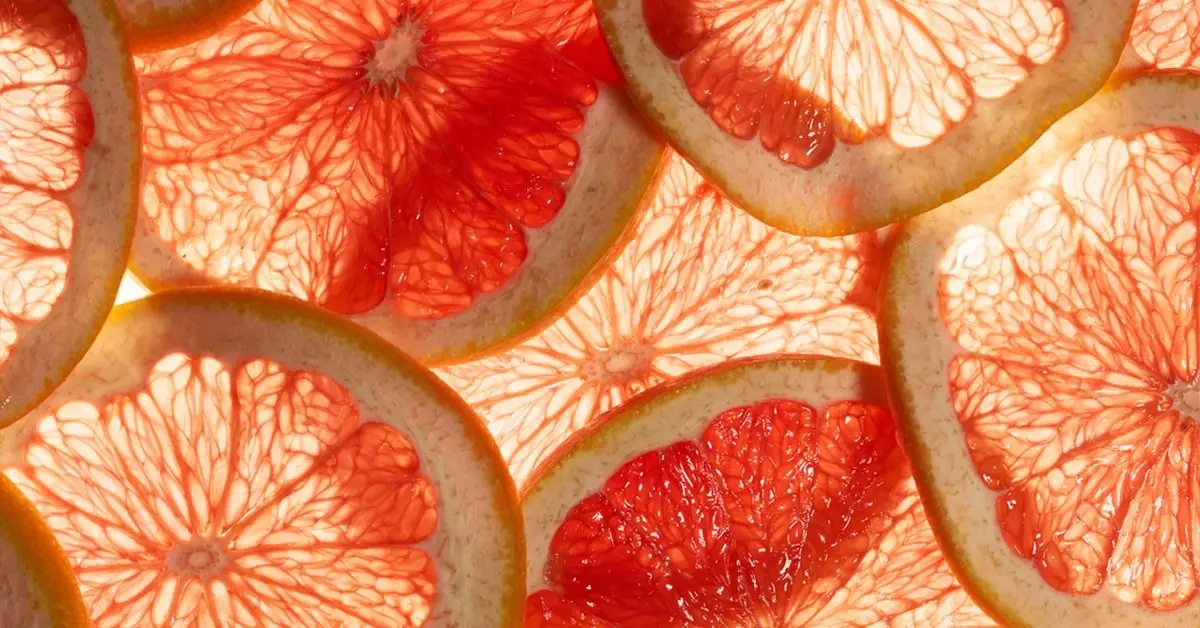
Top 15 Natural Collagen-Boosting Foods That Rebuild Skin, Joints, and Bones Fast
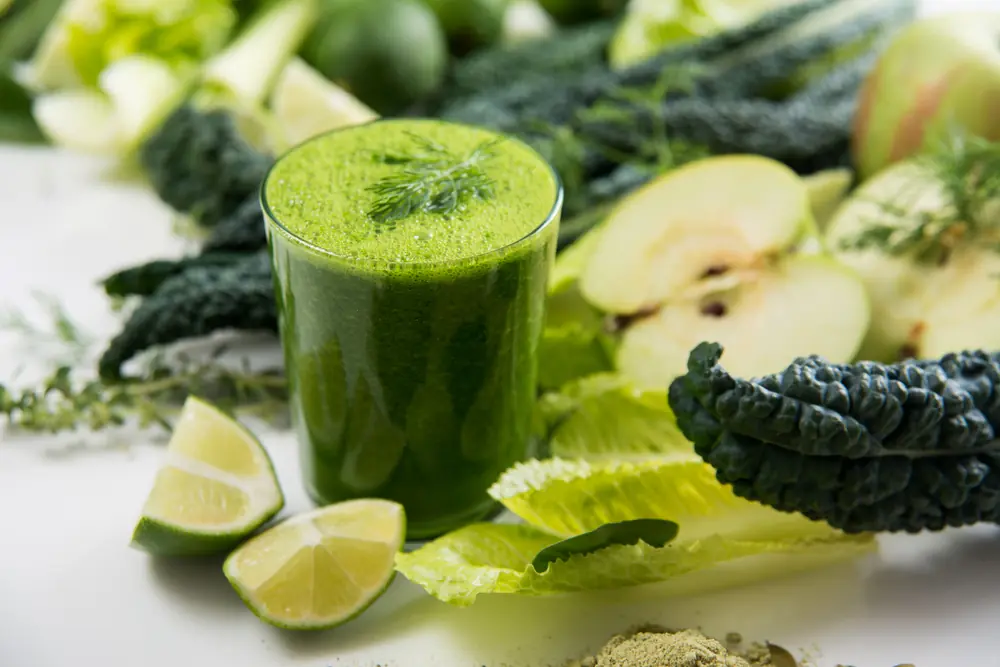
Cleanse Your Kidneys of Toxins With 2 Effective 1-Ingredient Drinks

The 60-Second Trick to Reset Your Nervous System (A Himalayan Salt Bio-Hack)
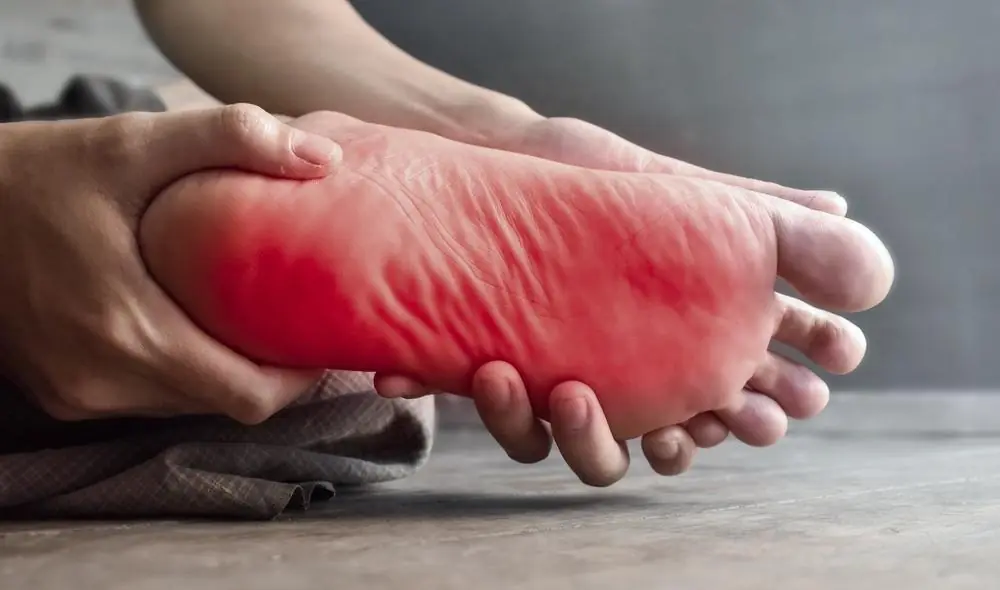
Top 6 Natural Remedies to Fight Neuropathic Pain (Peripheral Neuropathy Home Remedies)
News Post

The Man Who Remembers Hunger: Why One Act of Kindness Matters.

The Little Elephant Who Was Born Different: A Pink Calf in the Wild

When Love Has No Address: A Man and His Dogs

A Boy, a Soldier, and an Umbrella: A Timeless Gesture of Respect
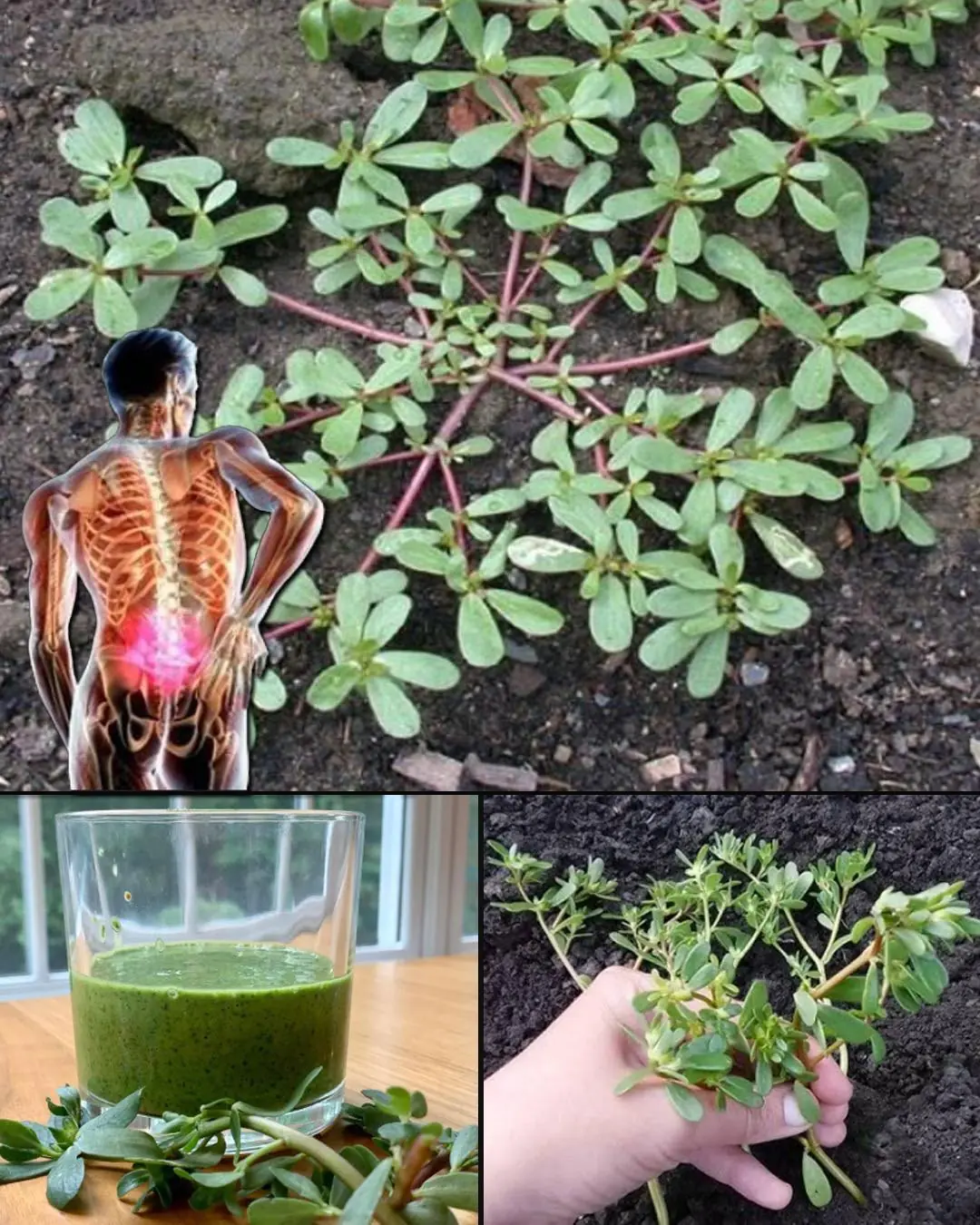
Purslane: The Superfood That Tastes Better Than Meat – 7 Reasons to Grow It in Your Garden
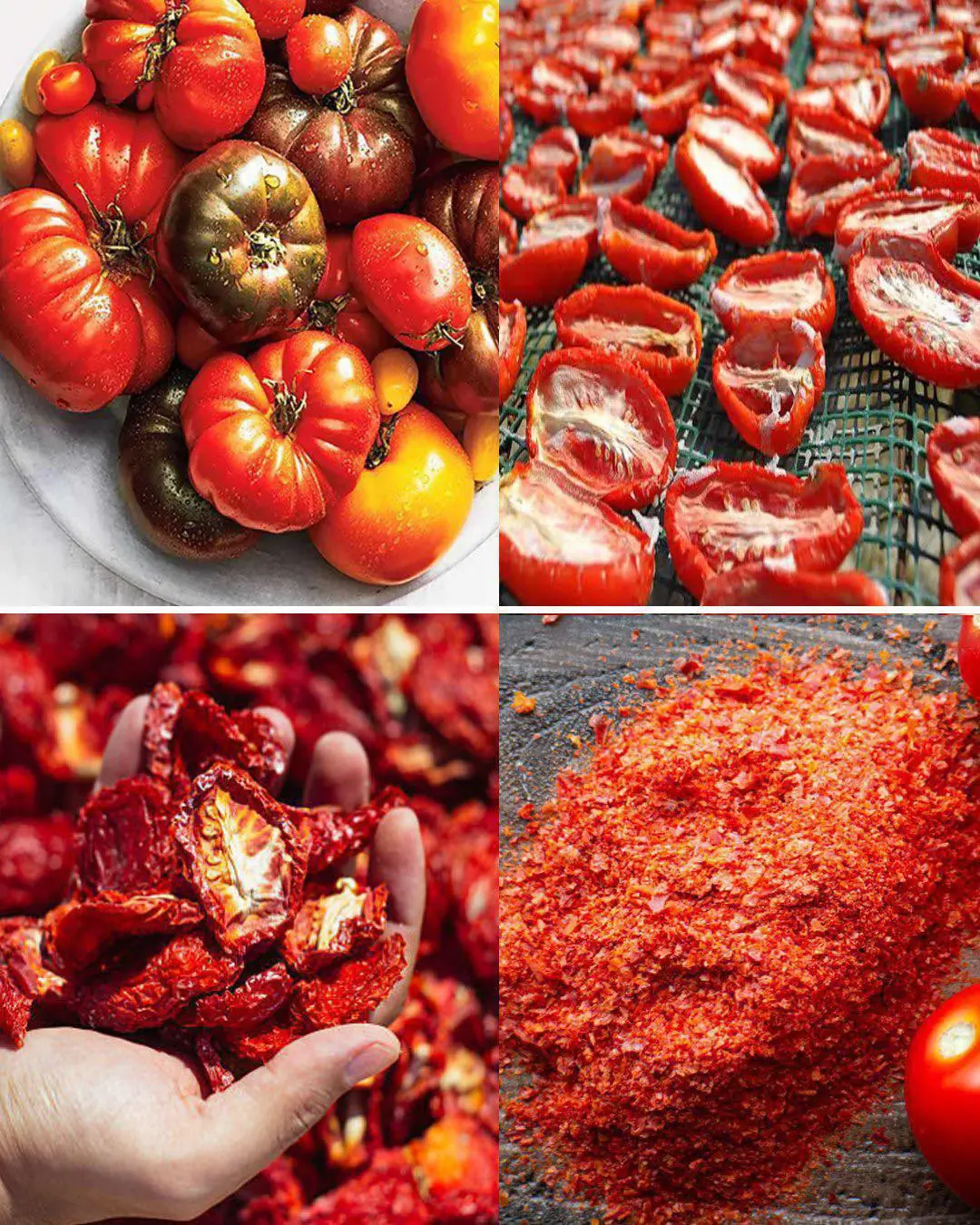
Don't Throw Old Tomatoes in the Trash.Turn them into flavorful tomato powder.
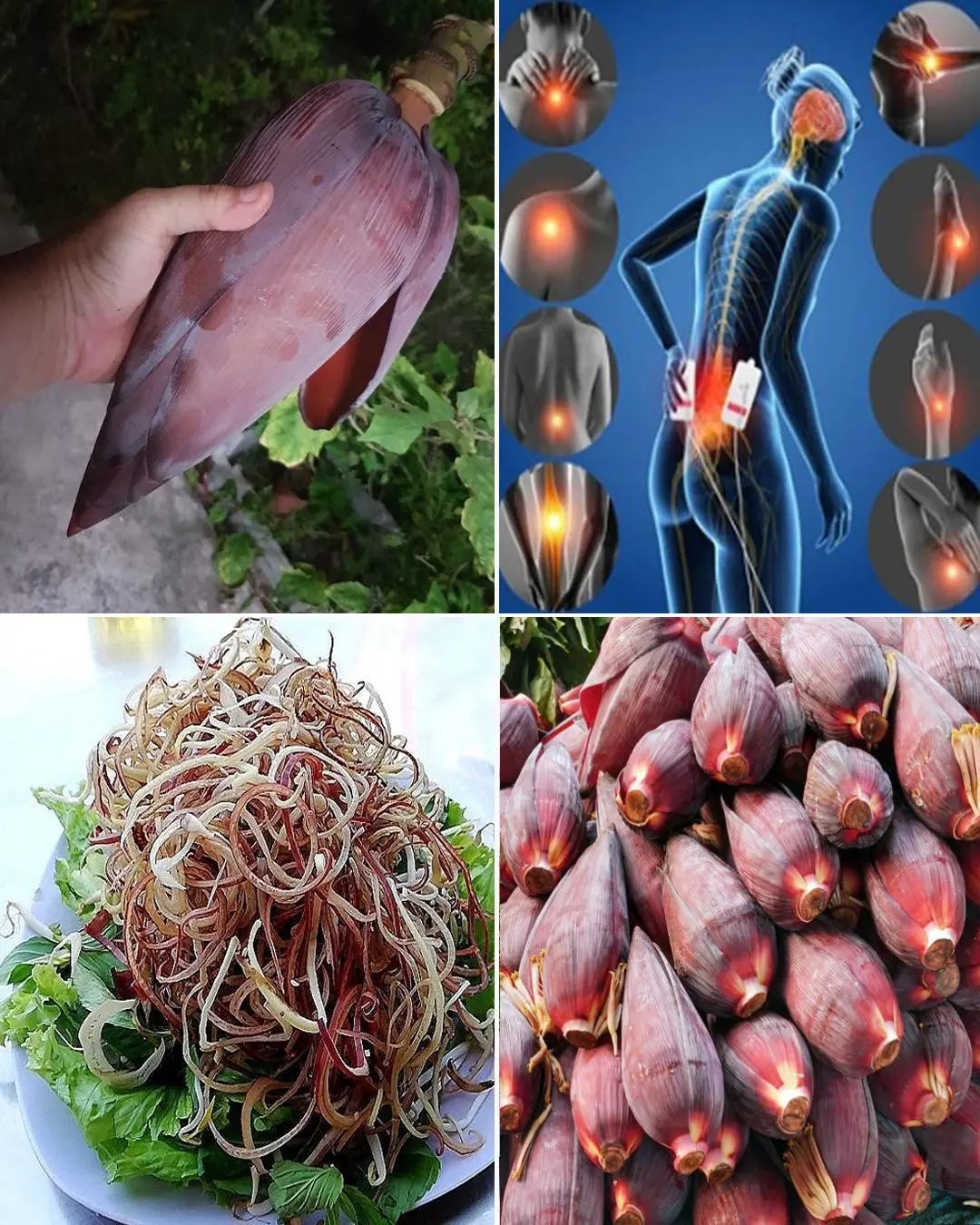
Banana Blossom: Health Benefits, Recipes, and Uses
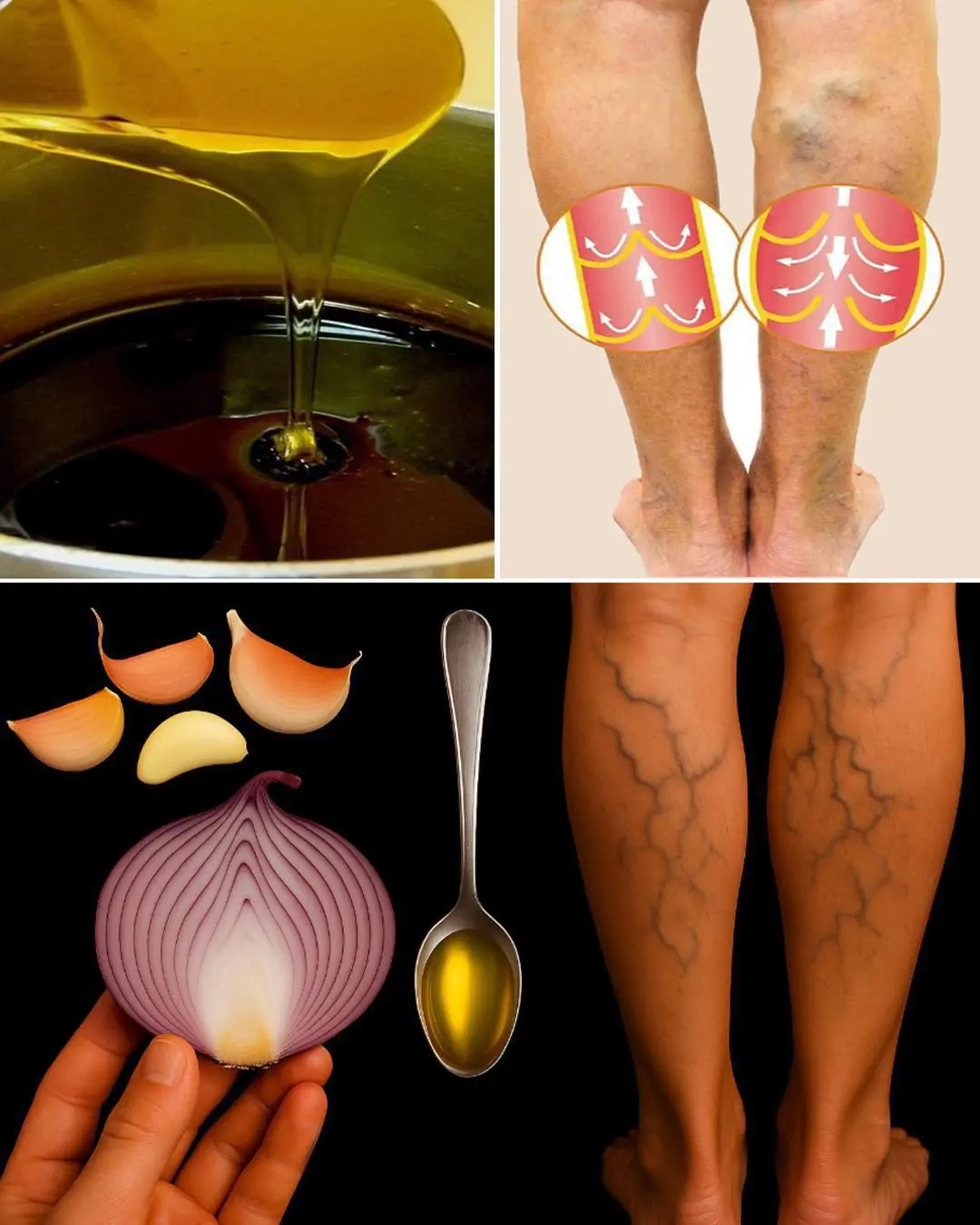
Onion, Garlic, and Olive Oil Remedy for Varicose Veins: Natural Treatment and Benefits

The Photo of the Year: A Glimpse of Courage the World Must Not Forget

7 Surprising Benefits of Euphorbia Hirta

How to Regrow Food in Water: 10 Foods that Regrow Without Dirt

Firefighters Save Trapped Fawn from Storm Drain, Reuniting It with Nature
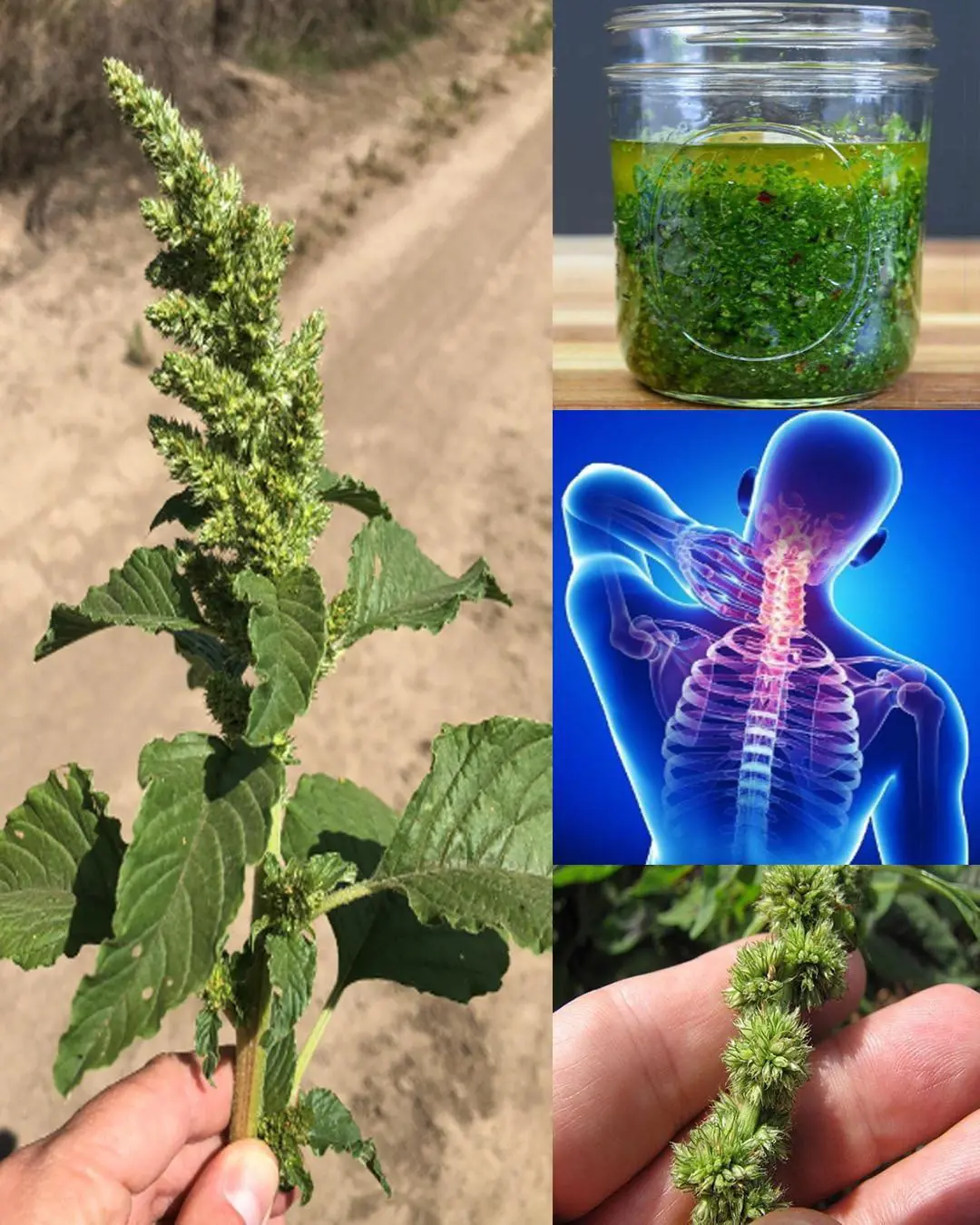
10 benefits of pigweed

Wild Lettuce Sap: Benefits and Uses

When “Just a Dog” Becomes the Difference Between Life and Death

Teddy’s Hug: A Rescue Story of Unbreakable Love

Benny’s Redemption: A Journey from Loneliness to Love

Man has stroke after bathing right after meal: 3 mistakes you shouldn’t make

Redemption in Yarn and Paws: How a Cat Gave My Brother Back His Life
